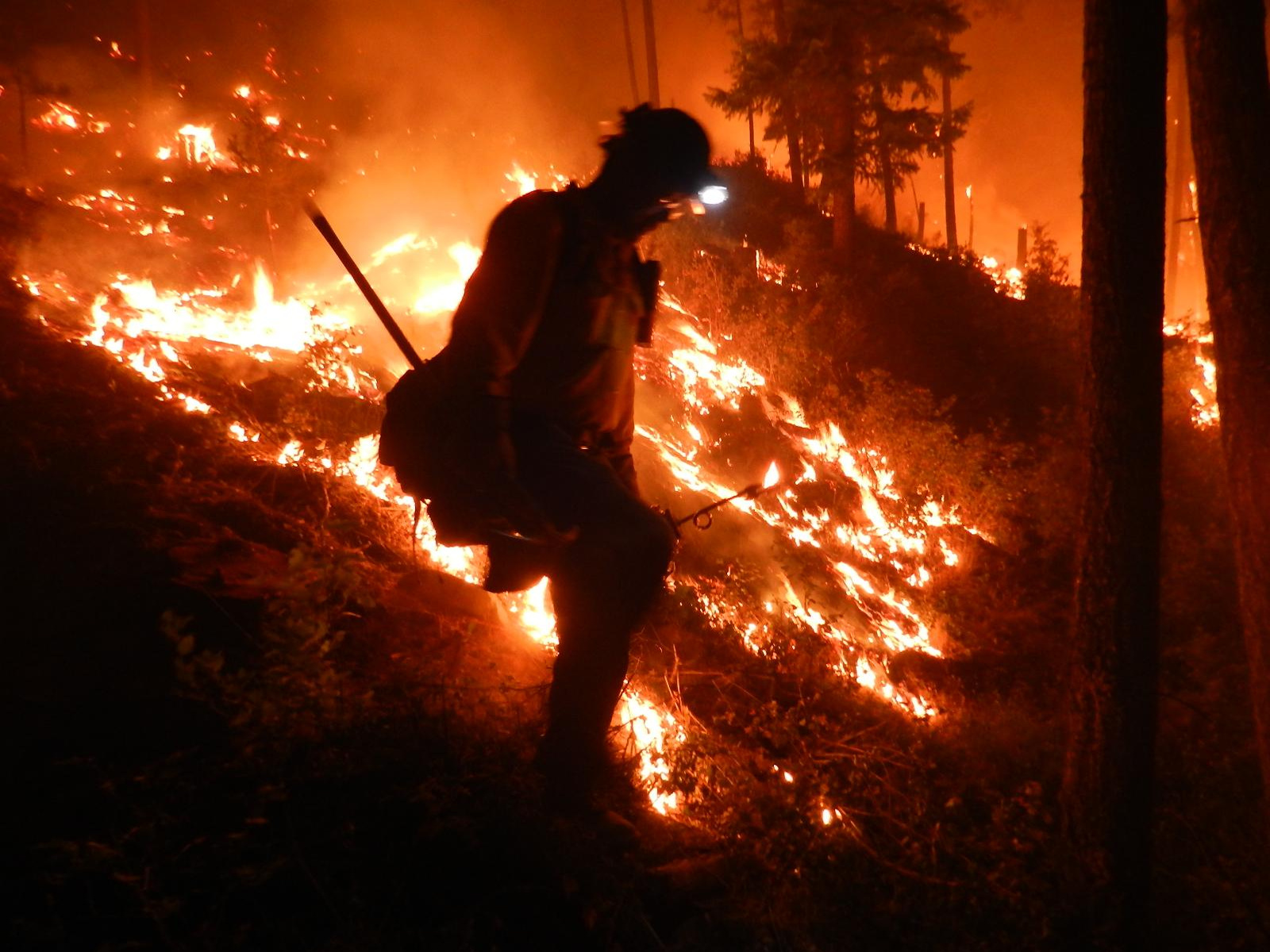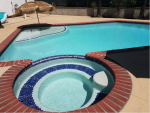Fires, Hurricanes, Tornadoes and Floods
Tips to give your clients:
Fires
As the fires rage all over California we have received many calls about what to do about soot and ash in swimming pools. This collateral damage is minor compared to what many people are experiencing. Our hearts go out to all affected.
Swimming pools in fire areas will contain ash, debris, toxins and possibly firefighting chemicals. In areas very close to fire the pool may have to be drained and refilled. If you are lucky enough to just have residual ash, your claims will be quick and easy.
- Remove all larger debris in the pool as soon as possible. Brush all surfaces thoroughly. Skim smaller material with a net.
- Clean filter, inspect equipment Super chlorinate the pool or use a quality chlorine free oxidizer, and follow with a clarifier. We recommend use a product the will Cleans pool of dead algae, pollen, oils, spills, anti-freeze residue, paint, vandalism and other forms of non-living organic water contamination. Frees clogged filters of oil and other forms of non-living organic buildup. which is a combination of enzymes to break down the debris and a clarifier to enable the particles to filter out. Follow with a broad spectrum algaecide.
- The filter cycle should be lengthened, and in some cases the filter should be cleaned throughout the process and again once the air clears.
- If you have fire-related damage you will need to take further action.
Hurricanes
Do not empty the pool.
- Water in the pool provides weight to keep the pool in the ground. An empty pool can float or pop out of the ground due to pressure from excessive ground water caused by heavy rains.
- Also, keeping water inside your pool, despite the possibility of contamination, will provide an easier clean-up compared to an empty pool.
Turn the power off
- Circuit breakers at the main electrical panel should be turned off. Pool equipment such as pump motors, pool lighting, chlorinators, and heaters should not operate during the storm.
Protect Electric Pool Equipment
- Wrap the pool pump, time clock, light transformers, and electric heaters with waterproof plastic. Tie securely in place to prevent sand and water from entering. If flooding is expected, disconnect these devices and store them in a dry place.
Remove Loose Items
- Chairs, tables, pool toys, and other loose items can become dangerous projectiles in high winds. It’s best to store them inside, away from the storm. Never put objects in the pool to protect them from a storm. This may damage the objects and cause serious metal staining problems in your pool water.
Add Extra Chlorine to the Pool
- To prevent contamination from debris and excessive storm water, add a granular pool shock. It’s also a good idea to add a large dose of pool algaecide to quickly eliminate organic contaminants that enter the water.
Do Not Cover Pool
- Storms can cause falling branches and other debris that may damage pool covers. It’s easier to remove debris from the pool than it is to replace a cover. Prevent unwanted damage and avoid dealing with a difficult removal that might result from the cover being full of heavy water and debris.
Protect Your Safety Fence or Screen Enclosure
- If you have a pool safety fence, we recommend providing a vent for wind to flow through to help prevent damage. If possible, remove screen panels on opposite sides of any enclosure.
Even if you prepare your pool properly, you almost certainly will need to clean your pool after the storm. Here are our tips on how to clean up properly.
If you have any questions or would like more information regarding Swimming Pool Inspection Services, please contact us at
(888)321-6230, visit our website www.swimmingpoolinspect.com, or email us via our Contact Page.
In the event you have any landscaping claims, visit our sister company Landscaping Inspection Services.

 USDAgov licensed under CC BY 2.0
USDAgov licensed under CC BY 2.0

Leave a Reply
Want to join the discussion?Feel free to contribute!